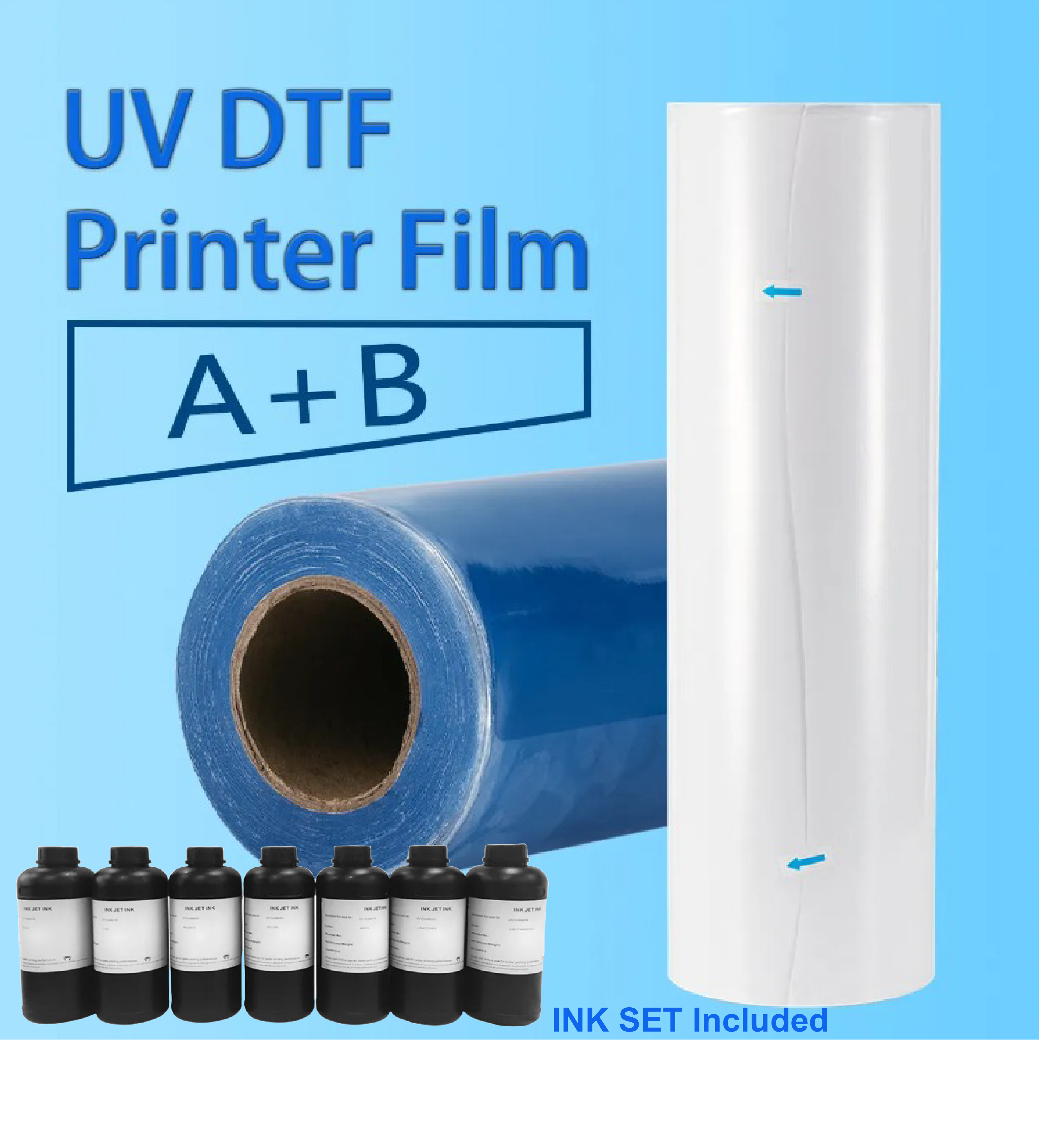UV Ink: Safety Deep Dive - Is it Toxic?
Glowing under blacklight is cool, right? UV inks make that magic happen, but lurking beneath the vibrant surface is a question that needs answering: just how safe *is* UV ink? From t-shirts to product packaging, UV-cured ink’s popularity has exploded. But this rise in use brings with it a corresponding rise in concern about potential health risks.
Are UV inks toxic? It’s a deceptively complex question. The answer isn’t a simple yes or no. While the cured ink itself is generally considered safe, the uncured, liquid form and the curing process itself pose potential hazards. We're diving deep into the chemistry, the risks, and the precautions to paint a clearer picture of UV ink safety.
Understanding the potential toxicity of UV ink starts with understanding what it is. Unlike traditional inks that dry through evaporation, UV inks contain photoinitiators. These special ingredients react to ultraviolet light, transforming the liquid ink into a solid polymer in a process called curing. It’s this curing process that can be a source of concern, as uncured ink contains potentially harmful volatile organic compounds (VOCs).
The history of UV inks dates back to the mid-20th century, initially finding use in industrial applications. Its rapid curing time and durability made it incredibly appealing for printing on various surfaces. Today, UV ink’s uses are ubiquitous, from high-speed printing of magazines to creating intricate designs on promotional items.
The primary safety concerns with UV ink revolve around exposure to the uncured liquid formulation. Direct skin contact can cause irritation, allergic reactions, and even chemical burns in sensitive individuals. Inhalation of VOCs released during the curing process can also irritate the respiratory system. Therefore, proper ventilation and safety equipment are crucial when handling uncured UV inks.
While cured UV ink is generally considered safe, some studies suggest potential migration of photoinitiators from the cured ink, particularly in food packaging. This potential leaching raises concerns about long-term exposure and potential health effects. More research is ongoing to fully understand the long-term implications of these migrations.
One benefit of UV ink is its durability. The cured ink is highly resistant to scratching, fading, and chemicals, making it ideal for products subjected to harsh environments.
Another advantage is its fast curing time. This allows for faster production speeds and increased efficiency in printing processes.
UV ink also contributes to a more environmentally friendly printing process compared to solvent-based inks, as it releases fewer VOCs into the atmosphere after curing.
Advantages and Disadvantages of UV Ink
| Advantages | Disadvantages |
|---|---|
| Durability and resistance to fading | Potential skin irritation from uncured ink |
| Fast curing time for increased efficiency | Respiratory irritation from VOCs during curing |
| Environmentally friendly compared to solvent-based inks | Concerns regarding migration of photoinitiators from cured ink |
Best practice: Always wear appropriate personal protective equipment (PPE), including gloves and eye protection, when handling uncured UV ink.
Best practice: Ensure adequate ventilation in the workspace to minimize exposure to VOCs during the curing process.
Best practice: Follow manufacturer's safety guidelines for handling, storage, and disposal of UV inks.
Best practice: Regularly inspect and maintain UV curing equipment to prevent malfunctions that could lead to increased exposure to uncured ink.
Best practice: Consider using low-migration UV inks for food packaging applications to minimize potential contamination.
Real-world examples: UV inks are used in printing food packaging, promotional items, and even medical devices.
Frequently Asked Questions:
Is cured UV ink safe to touch? Generally yes, but wash hands after handling.
Are UV inks food-safe? This depends on the specific ink formulation; look for low-migration inks.
Can UV ink cause cancer? More research is needed, but current evidence is inconclusive.
What are the symptoms of UV ink exposure? Skin irritation, respiratory irritation, headaches.
In conclusion, the toxicity of UV ink is a nuanced issue. While cured UV ink is generally considered safe, the uncured ink and the curing process require careful handling due to potential exposure to VOCs and photoinitiators. By understanding the risks and implementing proper safety precautions, we can harness the benefits of this versatile technology while minimizing potential harm. The future of UV ink relies on ongoing research and responsible usage, ensuring both its vibrant colors and the well-being of those who work with it. Always follow manufacturer's safety guidelines and consult safety data sheets for detailed information on specific UV ink formulations.
The power of have a nice day and kind regards in german
Banish those white rings a guide to furniture spot removal
What is the sultans wife called unveiling the title and traditions













